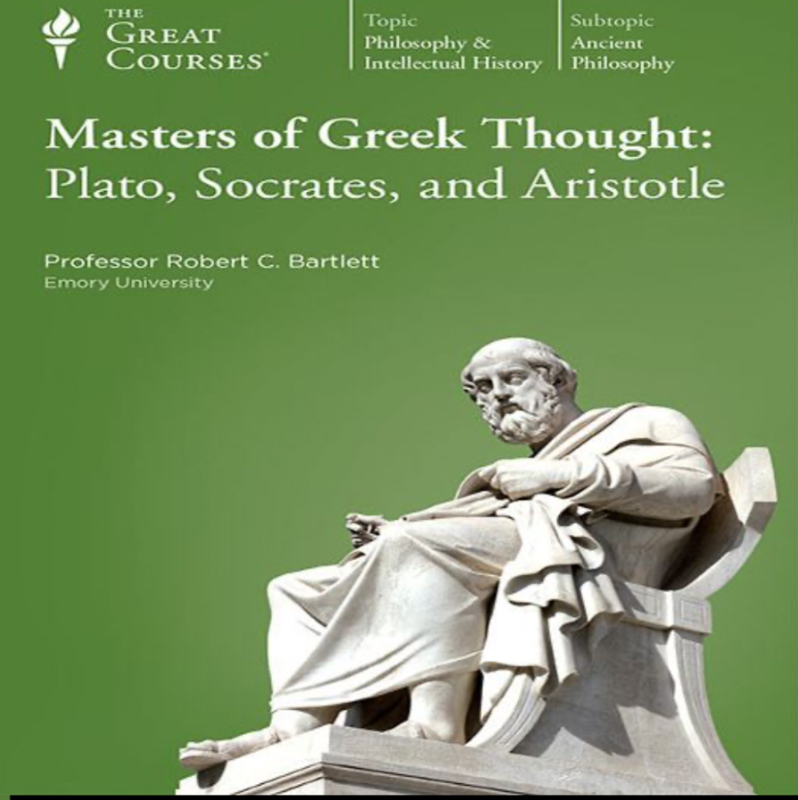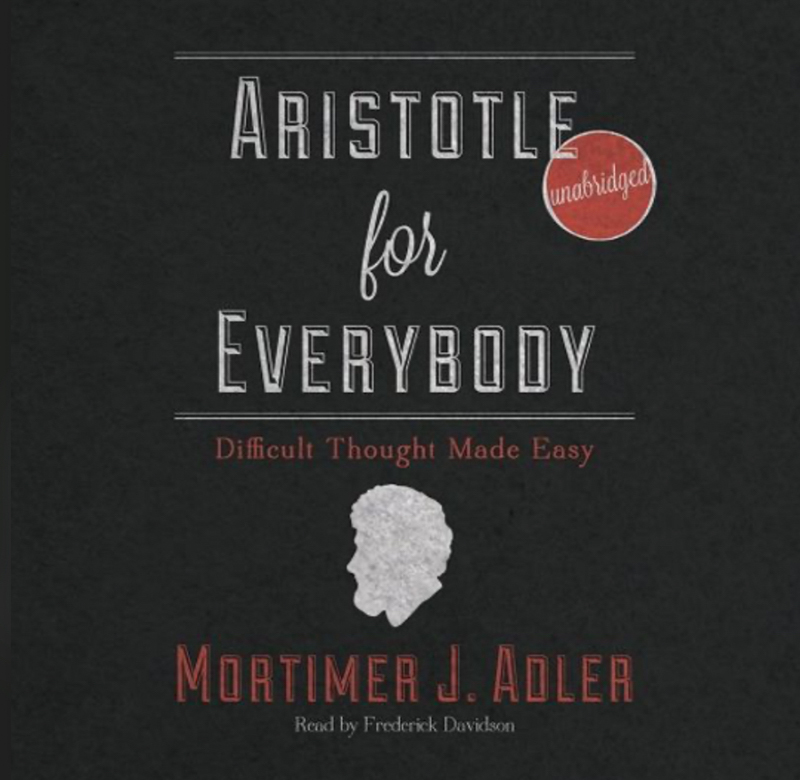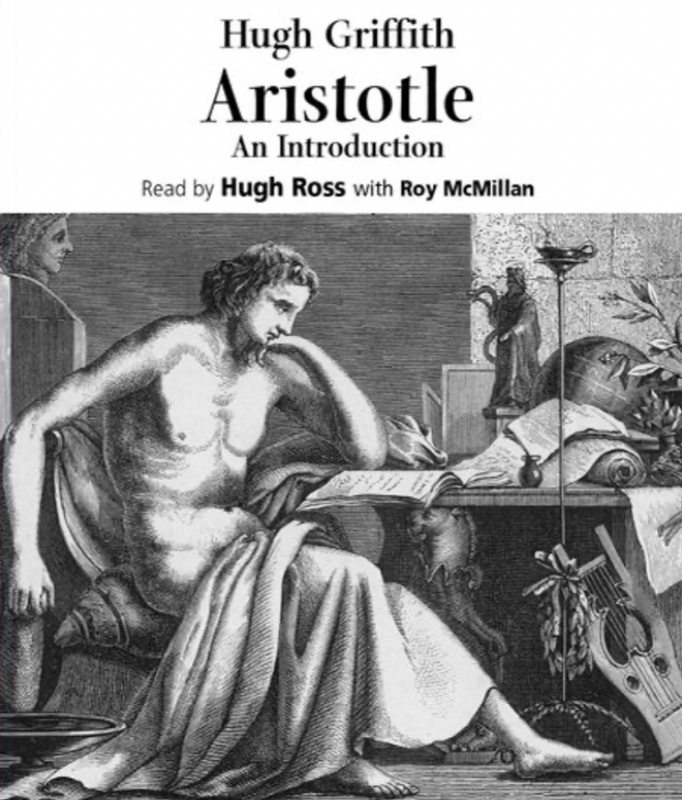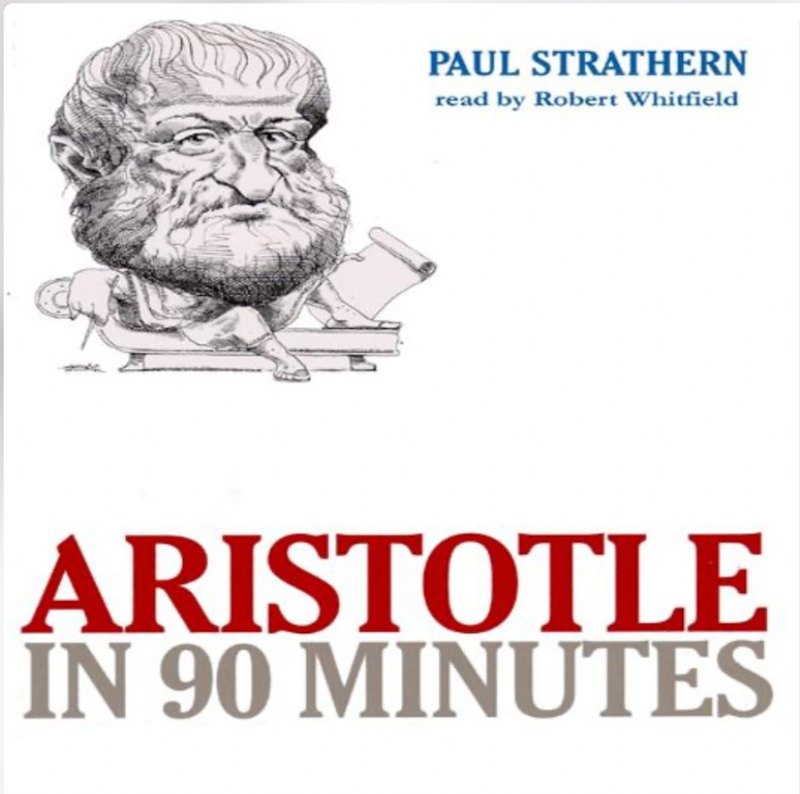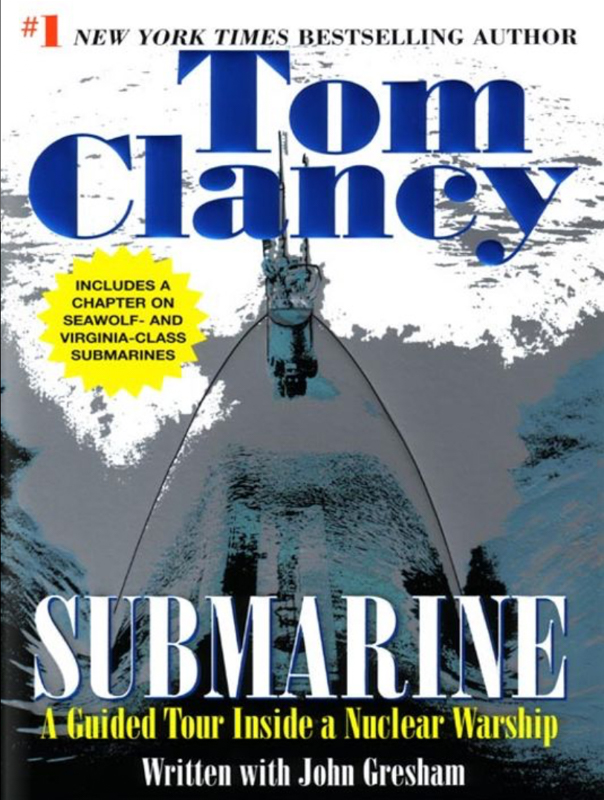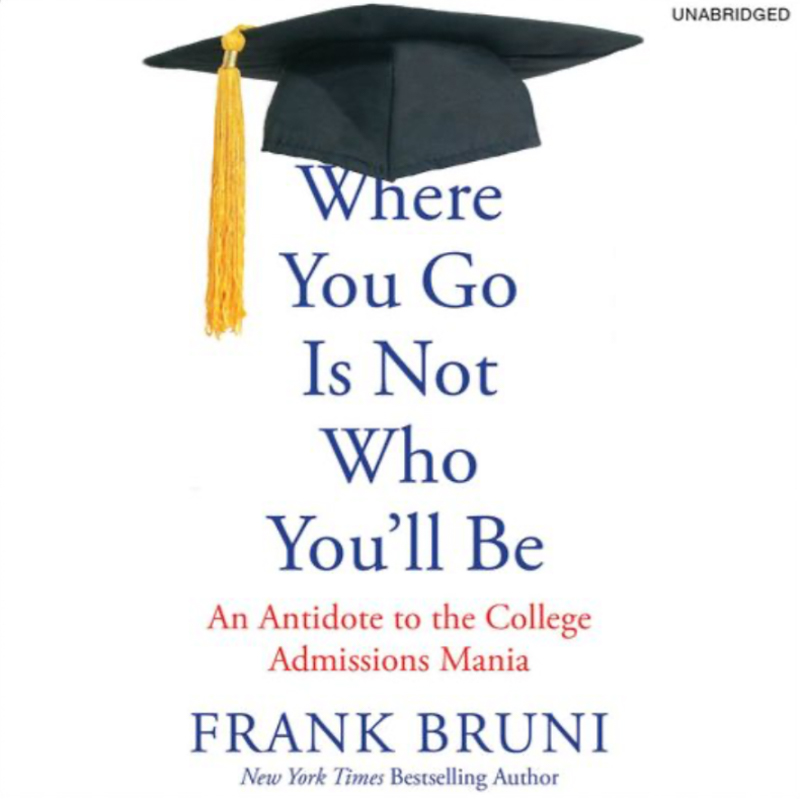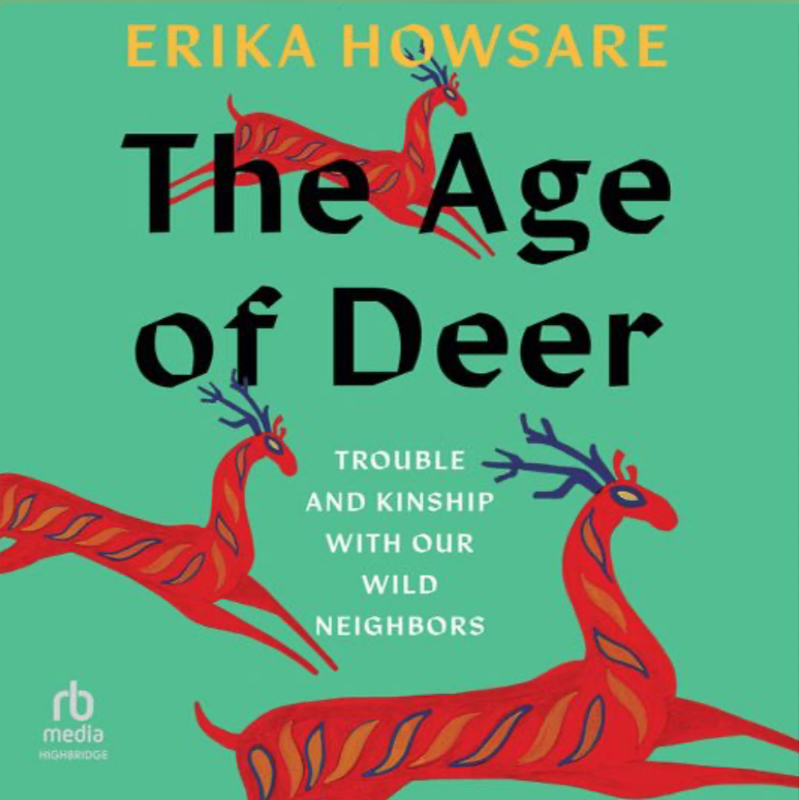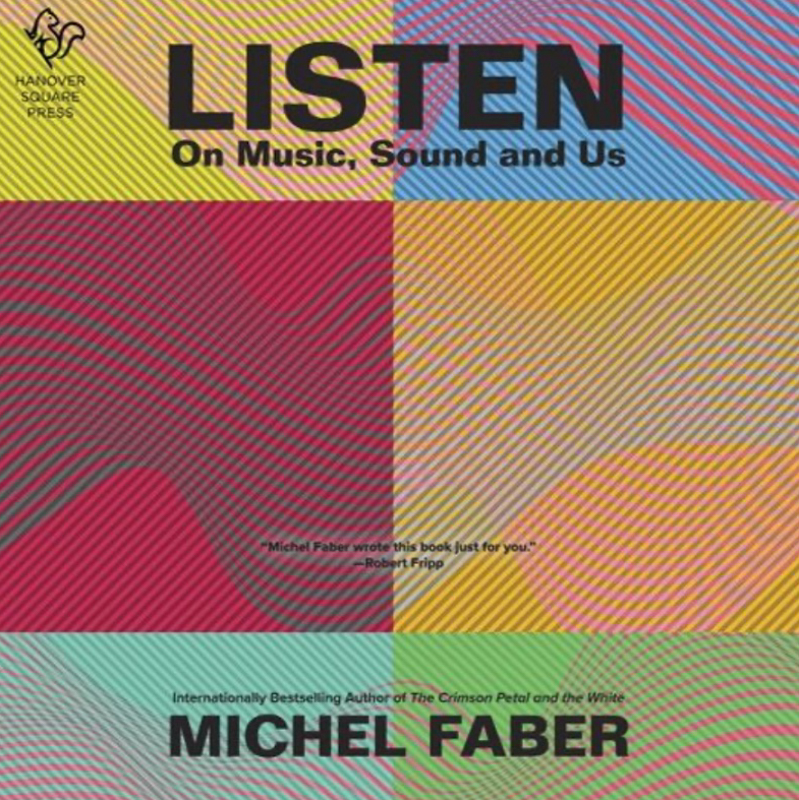Co-Intelligence Living and Working wIth AI
Background
Published in 2023, Co-Intelligence: Living and Working with AI by Ethan Mollick explores how artificial intelligence, particularly large language models like ChatGPT, is reshaping the way people learn, work, and create. Mollick, a Wharton professor, argues that AI is not just a tool to be programmed but a form of “co-intelligence” to collaborate with. The book outlines how individuals and organizations can engage with AI by experimenting directly with it, treating it as a creative and thinking partner rather than a traditional machine. He emphasizes a hands-on approach, encouraging readers to integrate AI into decision-making, writing, and problem-solving processes. The work also highlights the risks of misinformation and over-reliance, suggesting that human oversight and ethical considerations are necessary to use AI effectively.
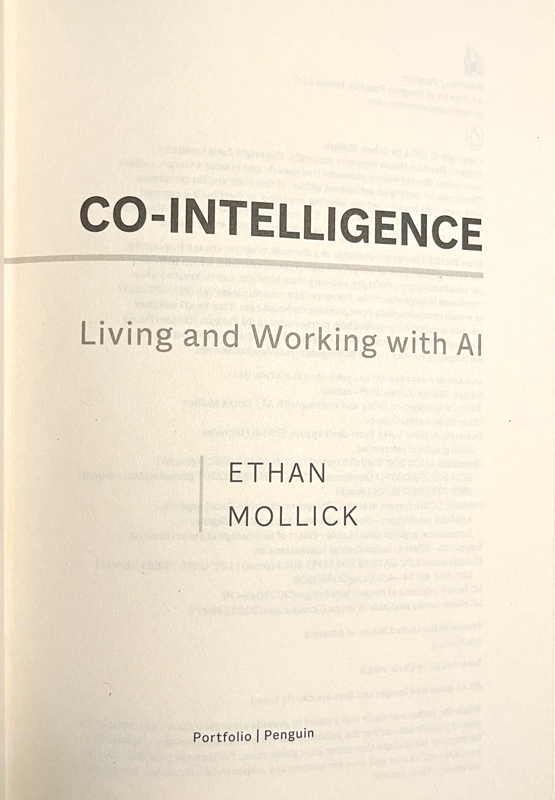
My Thoughts
Much has discussion of AI has been swirling around my work as of late and this book was recommended by a coworker.
This was a really good book and very timely for me professionally. We are creating a distance education course on this topic and it gave me quite a bit to think about. In fact, I kept having to put the book down to write another note about something I wanted to try.
Recommendation
Great quick read! (Just over 200 pages.) It is worth your time to know more about AI.
